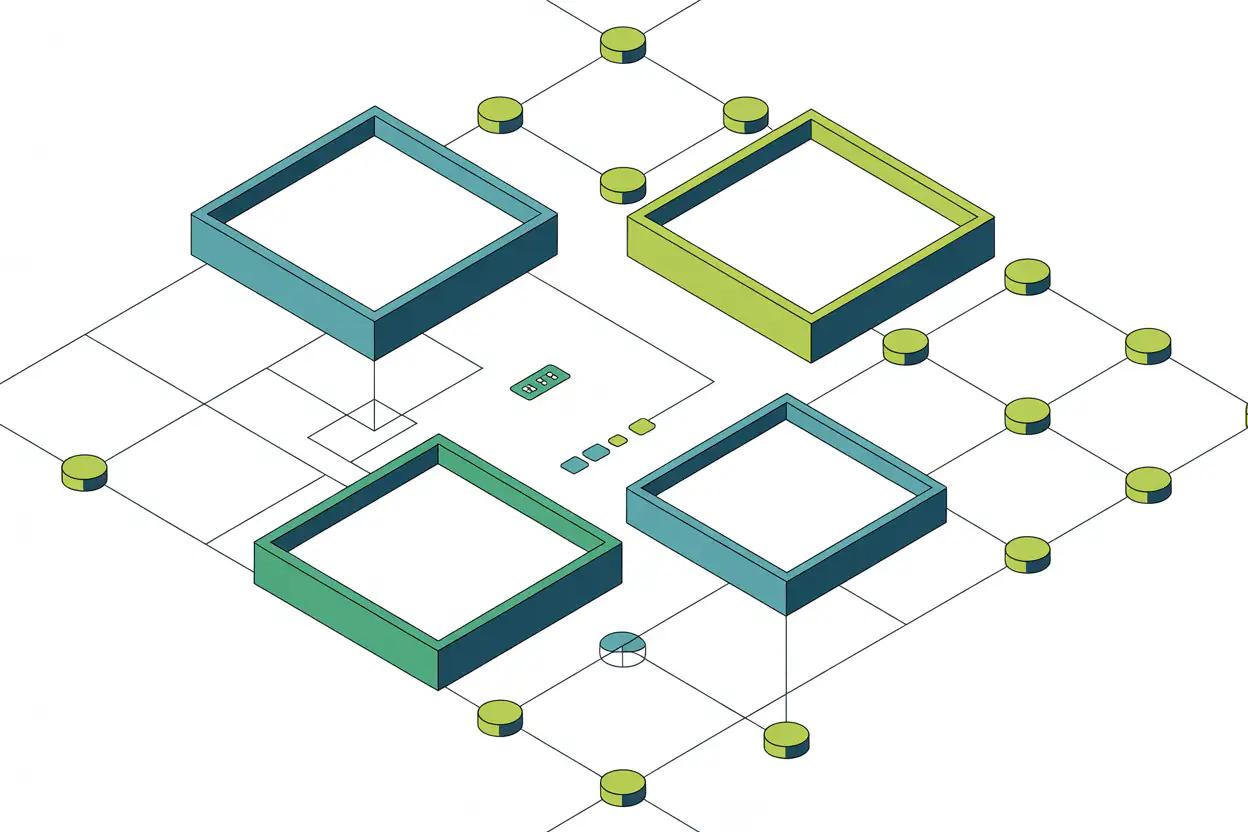Self-Improving AI Agents: The Next Evolution of Automated Program Repair
The landscape of automated program repair (APR) has transformed dramatically since its conceptual origins in the early 2000s. What began as experimental academic research has evolved into sophisticated AI-powered systems capable of understanding, diagnosing, and fixing complex software defects. For developers and engineering teams, this evolution represents not just a technical curiosity, but a potential revolution in how we approach the age-old challenge of debugging.
The Economic Imperative
Before diving into technical approaches, it's worth understanding the economic forces driving APR development. Bugs aren't just annoying—they're expensive:
- The Ariane 5 Launch Failure (1996) resulted in a $370 million loss due to a software error in the inertial reference system
- Knight Capital's 2012 trading glitch cost $460 million in just 45 minutes from a deployment error
- Healthcare.gov's 2013 launch issues cost hundreds of millions in wasted development and recovery
Studies consistently show that developers spend as much as 50% of their time debugging—time that could be directed toward innovation and feature development. This economic reality has fueled decades of research into automated repair techniques.
The Technical Evolution (2005-2015)
APR emerged as a formalized research field around 2005, with Westley Weimer's seminal work on genetic programming-based repair systems. Several distinct technical approaches emerged during this foundational period:
Heuristic Search-Based Repair (2005): The University of Virginia's GenProg pioneered this approach, systematically exploring possible code modifications through evolutionary algorithms. It applies mutations to buggy code, testing each variant against predefined test suites, and iteratively improving solutions based on "fitness" feedback.
GenProg works through a sophisticated process:
- It first identifies potentially fixable sections in the code
- Applies genetic programming operators (mutation, crossover) to create a population of variant programs
- Evaluates these variants against test cases to determine fitness
- Selects the fittest variants to breed the next generation
- Repeats this evolutionary process until finding a solution that passes all tests
This approach mimics natural selection in software repair, allowing the system to explore a vast solution space without requiring explicit knowledge of correct fixes. While GenProg showed promising results on C programs, it struggled with efficiency and often generated overly complex patches that were difficult for developers to understand and maintain.
Symbolic Execution & Formal Methods (2009): Systems like DynaFix from UC Berkeley introduced a more analytical approach. Instead of trial-and-error, symbolic execution runs programs with symbolic values, exploring multiple execution paths simultaneously to identify error-triggering conditions and generate formally correct patches.
The symbolic execution approach operates through these key mechanisms:
- It represents program variables as symbolic expressions rather than concrete values
- Systematically explores program paths, collecting constraints that define valid program states
- Uses constraint solvers (like Z3 or SMT) to identify values that could trigger bugs
- Generates patches by synthesizing code that satisfies the constraint system while avoiding error states
- Formally verifies the correctness of generated patches against program specifications
This mathematically rigorous approach produces more precise fixes but faces scalability challenges with large, complex codebases due to the "path explosion" problem—the exponential growth in possible execution paths that must be analyzed as program complexity increases.
Patch Generation & Plausibility (2012-2015): Tools like Repairnator from KTH Royal Institute of Technology took a practical approach by monitoring open-source Java projects, analyzing bug reports, and generating plausible patches. This approach emphasized real-world applications beyond academic settings.
By 2015, Facebook's SapFix and similar industry systems demonstrated that APR could handle the complexity of production environments, though these early systems struggled with semantic understanding and often generated patches that merely passed tests without truly fixing underlying issues.
The LLM Revolution (2020-Present)
The integration of neural models and later LLMs revolutionized APR's technical capabilities:
- 2020-2021: Early neural approaches like SequenceR (Facebook) and CoCoNuT (Microsoft Research) applied sequence-to-sequence models for repair, improving over traditional techniques but still limited by training data size and model capacity.
- 2022-2023: GitHub Copilot and AlphaCode demonstrated the potential of foundation models in code understanding. AlphaRepair (2022) showed that large pre-trained models could perform zero-shot program repair, outperforming specialized systems.
- 2023-2024: SWE-Agent, OpenDevin, and AutoCodeRover introduced agentic approaches to program repair, where LLMs orchestrate multi-step repair processes: exploring codebases, running diagnostics, generating patches, and verifying fixes.
These LLM-based approaches move beyond rule-based or search-based methods and leverage vast datasets of code to learn patterns in bugs and fixes. Their ability to recognize complex bug patterns, generate sophisticated patches, and integrate directly into development workflows represents a significant leap forward.
Current Industry Applications
APR has moved beyond research labs into real-world applications:
- Microsoft IntelliCode (2019 onwards) integrates AI-powered code suggestions with increasing capabilities for bug detection and repair
- Facebook's SapFix (2018) demonstrated automated repair at scale for backend infrastructure services
- Integration into CI/CD pipelines provides faster feedback loops, automatically detecting and potentially fixing bugs early in development
- Security vulnerability response uses APR to rapidly generate patches for newly discovered vulnerabilities
On SWE-bench, a standard benchmark for measuring software engineering capabilities, we've seen extraordinary progress: from 0.17% task completion with RAG+GPT-3.5 in late 2023 to over 40% with current specialized systems in early 2025.
Challenges and Limitations
Despite impressive advances, APR still faces significant challenges:
- The "Perfect Fix" Problem: Generated patches can be incorrect, overfitted to test cases, or semantically flawed
- Complex Semantic Bugs: Issues requiring deep understanding of program intent or design flaws remain challenging
- Performance Overhead: Some techniques, particularly symbolic execution, can be computationally intensive
Recent research from Google (January 2025) demonstrates that even when fixes pass all tests, up to 63% may still be semantically suspicious when compared to human-authored patches.
The Future of Intelligent Coding with Runloop.ai
At Runloop.ai, we're building on these advances to create the next generation of self-improving AI Agents for software development. Our platform addresses key limitations in current APR systems through a novel combination of agentic frameworks and reinforcement learning.
Unlike static APR systems, Runloop.ai's platform leverages benchmarks to continuously evaluate the effectiveness of repairs. We've created specialized benchmarks that go beyond simple test case validation, measuring both functional correctness and alignment with developer intent. This benchmark-driven approach provides crucial signals for our reinforcement learning pipeline, allowing agent models to improve over time.
The core innovation in our platform lies in its feedback loop system:
- AI Agents attempt to solve real-world software engineering tasks, including bug fixing
- Their solutions undergo rigorous evaluation across multiple dimensions, including build success, test passage, and code quality metrics
- These evaluation results serve as reward signals for reinforcement learning
- The agents' policies are continuously updated based on these signals, improving performance on similar tasks in the future
This creates a virtuous cycle: as agents successfully fix more bugs, they learn patterns that help them tackle increasingly complex issues. Unlike conventional APR systems that remain static after deployment, Runloop.ai's agents become more capable over time through continuous learning from developer interactions and repair outcomes. Our early results show that this reinforcement learning approach yields particularly strong improvements in areas where traditional APR struggles most: handling complex semantic bugs, generating human-readable fixes, and adapting to project-specific coding patterns and conventions. As we advance this technology, we envision a future where AI Agents don't just repair code, but serve as true "programming partners" that collaborate with developers throughout the software lifecycle—understanding project context, learning from past interactions, and continuously improving their ability to assist with complex software engineering tasks.
The trajectory is clear: Automated Program Repair is evolving from generating simple patches towards intelligent, AI-driven solutions that truly understand and heal software. With platforms like Runloop.ai leading the way, we're moving toward a future where AI doesn't just fix bugs—it helps prevent them through deeper understanding of software systems and development practices.


.webp)



.webp)






